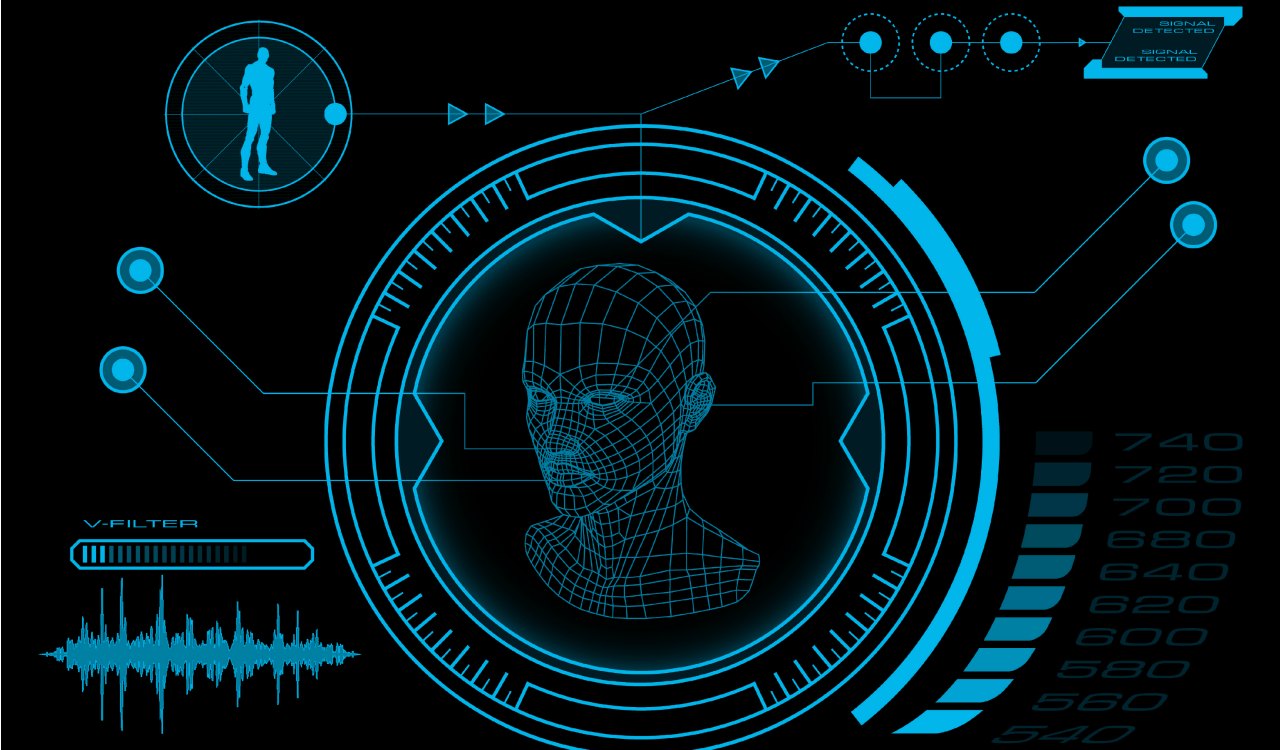The Internet of Things (IoT) continues to prove its relevance to digital transformation, with businesses big and small investing in IoT-related technologies. According to International Data Corporation (IDC), worldwide spending on IoT will grow at a 17% compound annual growth rate (CAGR) from US$698.6 billion in 2015 to almost US$1.3 trillion in 2019 – and Asia Pacific is set to lead this trajectory, with more than 40% of the worldwide total[1].
In addition, IDC’s ‘1H16 Country Report on IT Services – Malaysia’ highlighted that the overall economic outlook for Malaysia in 2016 was somewhat weaker than 2015[2]. Due to the weak economy, enterprises have been working towards cost optimisation by improving their performance and efficiency, and this can be achieved by reducing capital expenditure and instead focus on operational investments.
To do so effectively, enterprises – both large and small – will have to capitalise on all that technology has to offer, leveraging on cloud co

mputing, big data, mobile technologies and IoT. Today, many organisations in the region are extending IoT uses into the field to enhance customer experience and streamline business processes, all of which are imperative to overall business growth. Industry consolidation has also been at play since the second half of 2016, with big technology players deciding that they do not need to “own” every piece of an IoT solution to remain relevant.
To truly realise the promise of IoT, there is still work to do, however. Enterprises across APJ will need to make significantly higher investments in 2017 to recruit IoT talent, deploy scalable use cases and implement watertight security practices. The market will also need to come together to develop solutions that protect against hackers and hype. To help facilitate market growth in 2017, vendors will focus on certification to develop low- or no-cost training programs that are credible – making it easier for individuals to grow their IoT expertise and contribute to the industry. Finally, the use of artificial intelligence will increasingly be used to mine data from IoT devices. This will help identify new business opportunities and enable individuals to communicate effectively with smart devices through voice or text. Here are the key IoT trends to look out for in 2017:
- Measuring business impact/return on investment (ROI) and security fears will be the greatest inhibitors of IoT projects and solutions
Customers and end users need to see the potential ROI behind IoT projects to move beyond DIY projects and proofs of concept to true impact. Once customers understand the business value and how to calculate it, the second biggest inhibitor becomes security fears.
The past few years have seen a number of high-profile security incidents globally. Most notable was the DDoS attack on 1,600 websites in the U.S. in October 2016, delivered by a botnet made up of IoT devices. The cost implications of such attacks are enormous – professional services company Grant Thornton has estimated that cyber-attacks cost global businesses US$279 billion in the 12 months between November 2015 and November 2016[3]. A report from PwC states that organisations globally have sustained cybercrime-related losses of between US$5 million and US$100 million[4], and specifically in Singapore, 13% of Singapore-based companies reported estimated direct losses of up to US$1 million due to cybercrime[5]. According to analysts and industry experts, this is just the beginning.
Throughout 2017, hackers will continue to exploit IoT device vulnerabilities to launch attacks. To help fight this battle, the fractured IoT market needs to come together to develop security practices that will leave devices less vulnerable to attack. Enterprises need to begin investing in recruiting IoT security expertise, or developing it in-house. If not, 2017 will really be known as the year of the IoT hacks.
- Open-source access and standardisation of IoT platforms
There are over 400 IoT platforms today, which slows down the process of solution development. The market needs to consolidate so that it’s easier for stakeholders to leverage and utilise each other’s technology. In 2017, vendors will realise they have to find their unique proposition in order to move the industry forward.
Another factor that will further accelerate solution development is open source access. Open source platforms are now at the point where they’re being used in industrial, smart city and utility industry projects, and governments in Asia Pacific, from India to Singapore, are acknowledging their role in driving innovation. Historically-traditional industries will continue to get more comfortable with open source throughout 2017. As more open source platforms are developed and mature, they’ll become a vital part of the research and development process, too.
In fact, Malaysia has already taken its first leap in embracing IoT. In 2015, the Government announced the National IoT Strategic Roadmap[6] which aims to standardise and propel Malaysia into a regional IoT hub. IoT implementation in the country is expected to contribute RM9.5 billion to the country’s gross national income (GNI) by 2020, and grow to RM42.5 billion by 2025.
- Artificial Intelligence (AI) will increasingly be used to mine the data coming from smart devices
According to Forrester, there will be a greater than 300% increase in investment globally in AI in 2017 compared with 2016. Asia Pacific will see a significant margin of growth, with revenue from the AI for enterprise applications market going from US$47 million in 2016 to US$158 million in 2017[7]. As data gets distributed across the edge and cloud, insights will be boosted by the use of AI. In the future, AI could aggregate and analyse vast amounts of data in real time for improved decision-making while facilitating day-to-day communication between individuals and devices.
The expansion of AI will come with its challenges, especially for the workforce. A Dell Future Workforce Study found that only 45% of Japanese employees agreed that their jobs will be made easier with AI, while 25% are worried that a robot might take their job[8]. Some companies and governments are looking ahead and using the opportunity to retrain employees and teach them new skill sets. The Singapore government has introduced reskilling initiatives[9], as has Malaysia with the Future Workers Training Scheme[10], for example.
- Increased focus on use cases within verticals
A lot of the hype of IoT comes from the consumer segment – connected baby monitors, refrigerators and toilets. Dell EMC’s focus has been on the enterprise and industrial sectors from the beginning and others are beginning to see that this is where the real ROI is. Consider the payback from being able to improve milk yield in connected cows, as Chitale Dairy[11] in India has experienced, of reducing traffic congestion as is happening in Fujian province, China[12] and of implementing intelligent eldercare in Saensuk, Thailand[13]. Malaysia has also made progress in digitising the agriculture sector, as seen with its implementation of IoT and Big Data Analytics (BDA) in strengthening the logistics process of premium product exports – in this case a multi-billion-dollar business in exporting Durian[14] – and provide a solution to the counterfeiting of premium Malaysian agro-products.
IDC concurs – its top three IoT use cases for Asia Pacific excluding Japan by 2020 are smart grids, manufacturing, and asset/fleet management[15]. In 2017, the industry will start having conversations more focused on use case development within verticals. By creating blueprints and solutions architectures for common use cases, we’ll learn from each other and make more progress quicker.
The Digital Age has brought with it new ways of thinking across various industries and as more enterprises embark on digital transformation journeys, IoT will become central in their overall strategy. With IoT infrastructure and platforms such as Edge Gateways and Embedded Box PCs being readily available in the market, it is time for businesses and government agencies to tap on these resources to move the needle forward in IoT innovation in 2017.
[1] IDC press release, Internet of Things Spending Forecast to Reach Nearly $1.3 Trillion in 2019 Led by Widespread Initiatives and Outlays Across Asia/Pacific , December 10, 2015
[2] IDC analysis, 1H16 Country Report on IT Services – Malaysia, November 2016
[3] Grant Thornton, The crime is not being prepared, Manu Sharma, November 30, 2016
[4] PwC, Global Economic Crime Survey 2016, Trevor White, Mark Anderson, and Didier Lavion (Survey Leadership Team), page 18
[5] PwC, PwC’s 2016 Global Economic Crime Survey – Singapore, pg 8
[6] Malaysia National IoT Strategic Roadmap
[7] Statista, Revenue from the artificial intelligence for enterprise applications market in the Asia-Pacific region, from 2016 to 2025 (in million U.S. dollars)
[8] Dell Future Workforce Study for Japan, 2016
[9] Workforce Singapore, Reskilling for Jobs – Work Trial for Individuals
[10] Pembangunan Sumber Manusia Berhad, Human Resources Development Fund, Future Workers Training Scheme (FWT)
[11] Dell customer stories, Chitale Dairy improves productivity by increasing network speed and availability, May 2014
[12] Dell customer stories, Fujian University of Technology creates a high-performance cloud for researchers, August 2015
[13] Dell press release, Saensuk pilots smart city living with first healthcare Internet of Things project in collaboration with Dell and Intel, July 2016
[14] MIMOS paper, Tracking and tracing the Musang King
[15] IDC infographic, Asia Pacific becomes the Frontline for IoT (Internet of Things), Charles Anderson








